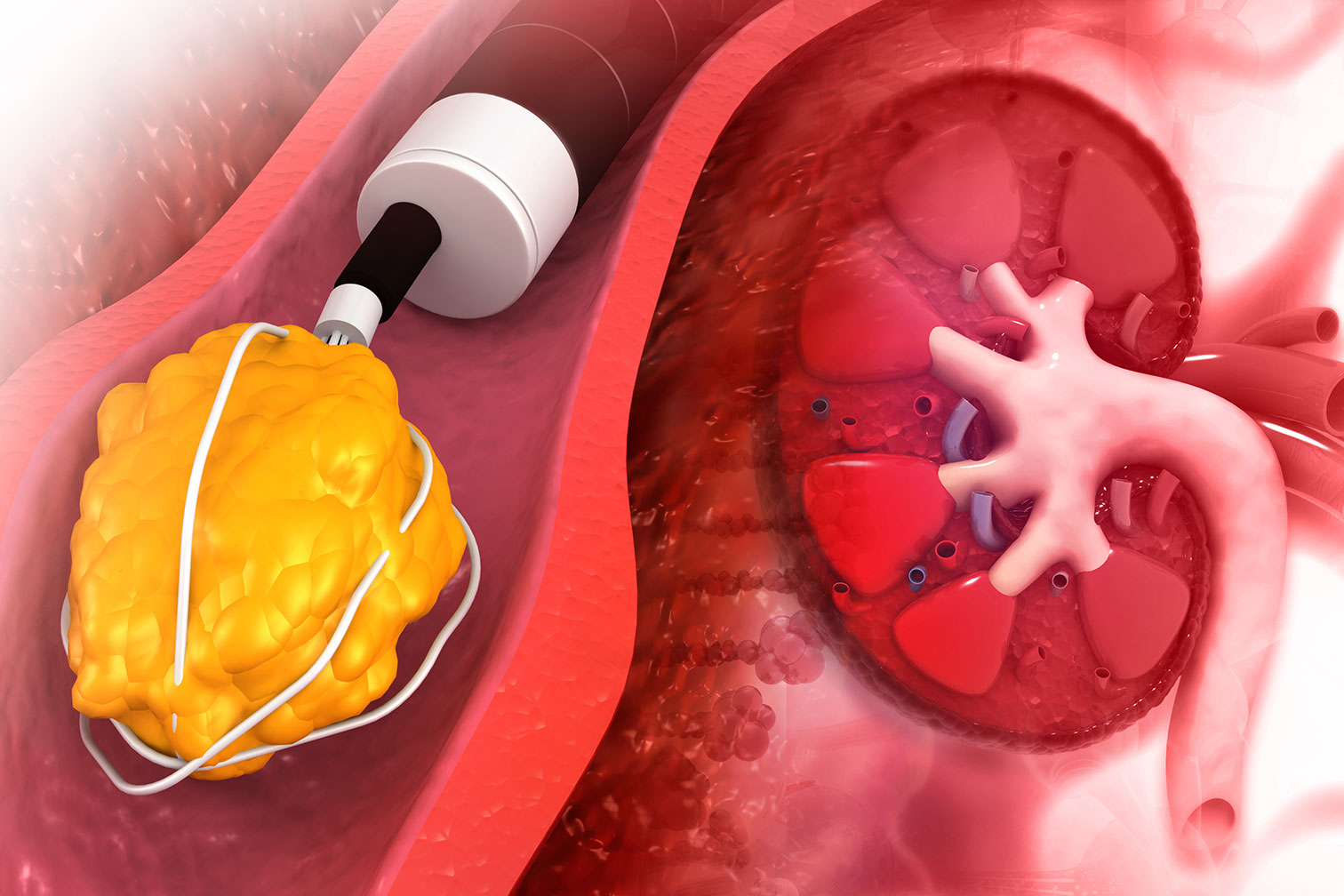Surgery for Stones in Urinary Tract
- Endoscopic Laser Stone Surgery
- Percutaneous Nephrolithotomy
- Shockwave Lithotripsy For Stones
Kidney stones are hard mineral deposits made from calcium or other cellular products such as uric acid or oxalate. There are many different types and consistencies of urinary stones.They start as small deposits in kidneys called Randall’s plaques , but they can grow bigger as more material sticks to them. Some stones pass on their own without treatment outside intervention, and this process may be painful culminating in severe flank pain, fever, infection, or kidney blockage causing kidney failure. These more complex stones and situations sometimes need to be removed with surgery.

Surgical Procedures
There are four potential treatments that can be used on your kidney stones: Shock wave lithotripsy (ESWL), ureteroscopy, Percutaneous nephrolithotomy (PCNL) and open surgery.
Electro Shock Wave Lithotripsy
ESWL is a common treatment for small or medium stones, in which you lie on a table and after the receipt of some medication to keep you comfortable, X-ray and ultrasounds are used to locate the stone, after which the high-energy shock waves are directed at your stone from the outside. It’s noninvasive, and the energy goes through the skin and fragments the stones into small pieces which are easier for your body to expel naturally. On occasion, you may have to have a stent placed in your ureter, which helps the pieces of stone pass. ESWL is usually a day procedure, and may involve having the procedure repeated if the stone doesn’t pass on the first try. Side effects may include kidney bleeding, pain, infection, and blockage of the kidney. There is one ESWL machine for the entire GTA, and Dr Feifer will assess your suitability for ESWL and make the appropriate referral.
Ureteroscopy
This procedure treats stones endoscopically at all levels of the urinary tract. A small fiber ogeneral optic flexible camera and laser fiber are inserted into the urinary tract and the stone is removed. No surgical incisions are needed and you will either go to sleep or have regional anesthesia in this procedure. Small instruments are used to remove small stones after a laser fragments them. This is often a day procedure, and may require a ureteral stent which will be removed very simply by Dr. Feifer usually within a short window after the surgery. Possible problems after a ureteroscopy include infection, scarring of the ureter, and bleeding.
Percutaneous Nephrolithotomy
If the stone is too large for ureteroscopy or ESWL, an option for stone removal is Percutaneous Nephrolithotomy [PCNL]. In this procedure, PCNL uses a tube to reach the stone in the kidney to break it up with high-frequency sound waves. Anesthesia will be administered prior to the procedure, and a small incision in the lower back underneath the rib cage is made to accommodate a thin scope. The length of time to remove the stone varies and depends on the size of the stone and the complexity of the kidney anatomy. The procedure will require an admission to the hospital for 1-2 days to monitor you after surgery. Usually, a stent or a nephrostomy tube will have to stay in your kidney for a few days to help urine drain as it heals. Stone fragments will be sent for stone analysis in order to prevent stones from recurring in the future. The risks from this surgery include infection, bleeding, damage to the bladder, bowel, ureter, kidney, or liver, and rarely there may be a secondary procedure needed to stop bleeding.
TREATMENTS & CONDITIONS
Kidney Stones
kidney stones are extremely common and can present with acute severe pain, kidney dysfunction, or severe infection. It is incredibly important to seek care for kidney stones to

Kidney Cancer
Kidney cancer can arise at any stage in life, and when caught early, has an excellent prognosis. Surgery, often minimally invasive, is often necessary to remove the primary tumor.

Surgery for Kidney Cancer
Surgery for kidney cancer can be personalized to the anatomy of the kidney and the location of the tumor. Often, only the tumor and a healthy rim of normal tissue can be removed,

Upper Tract Transitional Cell Carcinoma
Upper tract transitional cell carcinoma is a cancer that is derived from the lining of the inside of the kidney. It is different than kidney



